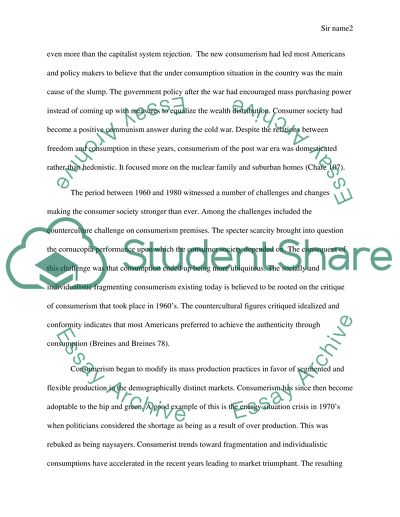Cite this document
(“Cold War and Consumerists Mass Culture Essay Example | Topics and Well Written Essays - 2000 words”, n.d.)
Retrieved from https://studentshare.org/history/1434588-in-what-ways-did-consumerist-mass-culture-unite
Retrieved from https://studentshare.org/history/1434588-in-what-ways-did-consumerist-mass-culture-unite
(Cold War and Consumerists Mass Culture Essay Example | Topics and Well Written Essays - 2000 Words)
https://studentshare.org/history/1434588-in-what-ways-did-consumerist-mass-culture-unite.
https://studentshare.org/history/1434588-in-what-ways-did-consumerist-mass-culture-unite.
“Cold War and Consumerists Mass Culture Essay Example | Topics and Well Written Essays - 2000 Words”, n.d. https://studentshare.org/history/1434588-in-what-ways-did-consumerist-mass-culture-unite.


